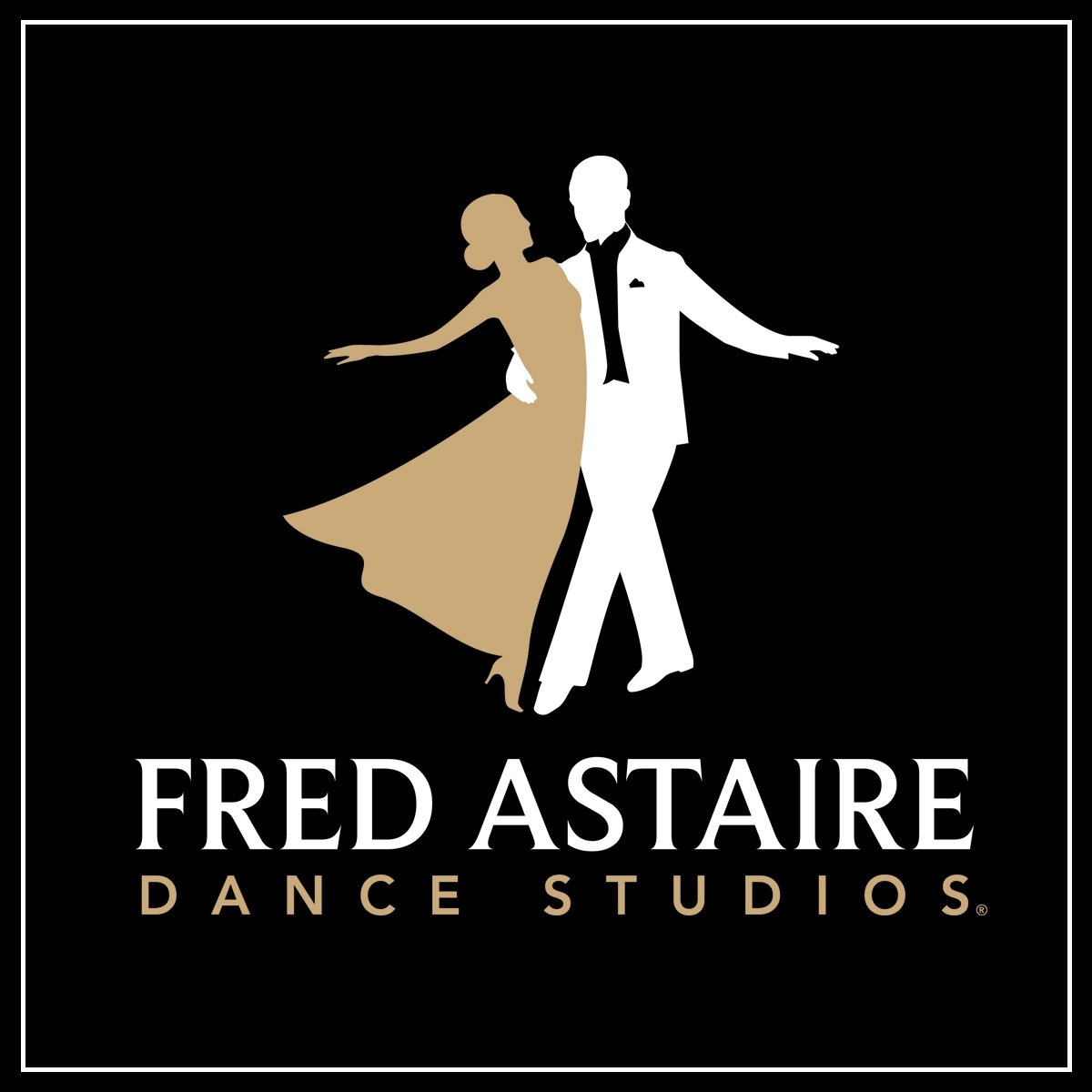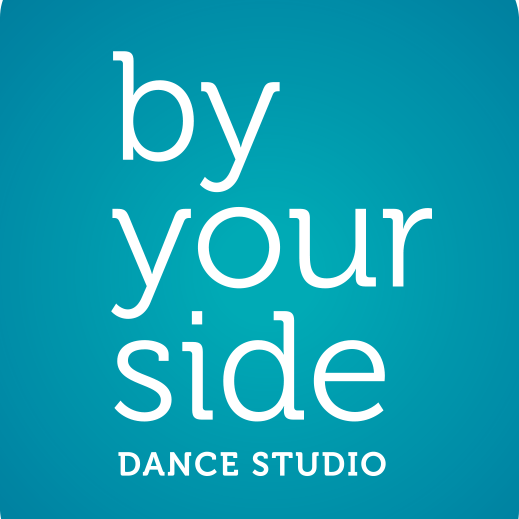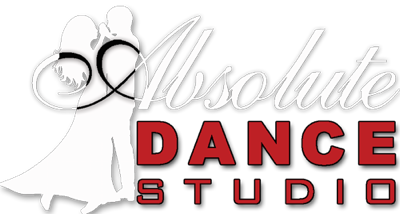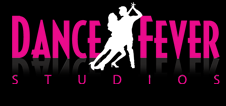In 1973, at a disco called The Grand Ballroom, a new type of “touch dance” without a name was being exhibited by females. This simple 6-count step with a very basic form, including inside and outside single turns, would give birth to what would later be called “Hustle.” The young men of the club too

In the late 1960s and throughout the 1970s, discotheques (or discos), with high quality sound systems and flashing lights became a popular form of entertainment in Europe and the U.S. Early ‘70s dancing in discos was mostly freestyle dancing (similar to the “rock” style exhibited by pop stars of the day like The Jackson 5) along with the prerequisite dress code of bellbottom pants and elevator shoes.
In 1973, at a disco called The Grand Ballroom, a new type of “touch dance” without a name was being exhibited by females. This simple 6-count step with a very basic form, including inside and outside single turns, would give birth to what would later be called “Hustle.” The young men of the club took notice, and became interested in this new dance.
As it began to gain popularity and more people began to participate, the Hustle started to evolve. In the Latin discotheques of that day, including The Corso, Barney Goo Goo’s, and The Ipanema, disco music was used as a bridge between live band sets. In these clubs, touch dancing had always been present in the form of mambo, salsa, cha cha and bolero.
Although considered very much a touch dance, the Hustle was now performed mostly side-by-side and incorporated a lot of the intricate turn patterns of the mambo. The dance also included multiple turns and hand changes with a rope-y feel to the arm movements; hence, the dance was now referred to as the “Rope Hustle” or “Latin Hustle.”
As dance contests sprung up across the U.S. and the phenomenon spread, many Hustle dancers were also involved in the professional performing arts community and contributed long balletic arms and elasticity to the movement. Around this time, the dance also began to move from a slotted pattern into a rotational one.
As dance contests increased, young competitors were seeking an edge and so acrobatic and adagio movements were introduced into the dance for performances and competitions. In 1975, this new field of entertainment inspired nightclubs, hotels and television programs to hire young and innovative professionals to perform. With these new opportunities opening up, the young dancers sought out innovative ways to excite the club audiences.
Throughout the late 1970s, even though Hustle was still taught in many different forms (4-count Hustle, the Latin or Rope Hustle) by dance studios, the most exciting form was done by NYC club dancers and competitors who performed the 3-count count Hustle (&-1-2-3.). The NYC Hustle dancers from the ‘70s paved the way for the rest of the Hustle community across the U.S.
As it continued to evolve, Hustle began to borrow from other dance styles including smooth ballroom, from which it took traveling movements and pivots and other partner dance forms such as swing and the Latin rhythm dances.
Hustle is danced to the contemporary pop dance music of the last 20 years. It is a fast, smooth dance, with the lady spinning almost constantly, while her partner draws her close and sends her away.
Free rhythmic interpretation is characteristic of this dance. So what are you waiting for? Give us a call at Fred Astaire Dance Studios. And ask about our Introductory Offer for new Students… our talented and friendly dance instructors can help you realize your ballroom dancing goals!
Ballroom dance can be enjoyed socially and in dance competitions, and is sometimes referred to as “partnership dancing”, because it is a type of dance that requires a dance partner.
Ballroom dancing originated in the 16th century from dances held in the royal courts. There’s also evidence of influence from folk dances of the era – for example, the Waltz began as an 18th century Austrian folk dance.

Hustle Dance Classes course is Offered by By Your Side Dance Studio.

The Hustle (Disco) is a member of the Swing family, and is like the West Coast Swing in pattern. It has a distinct flavor, utilizing Disco style music & revived partnerstyle among nightclub dancers in the 70s.

This class is for beginners who have little or no experience. We learn the basic hustle step, leading and following technique, and simple dance patterns.

Spot Dance. Club. Hustle is exciting and energetic, with an elegant and graceful, sultry and intimate, or funky and fun look. It includes numerous wrap and turn patterns as well as gliding movements.

This class is for everyone! Whether you are a seasoned dancer or have never taken a dance class in your life, all levels can enjoy this class together and be inspired by each other.
© 2025 coursetakers.com All Rights Reserved. Terms and Conditions of use | Privacy Policy